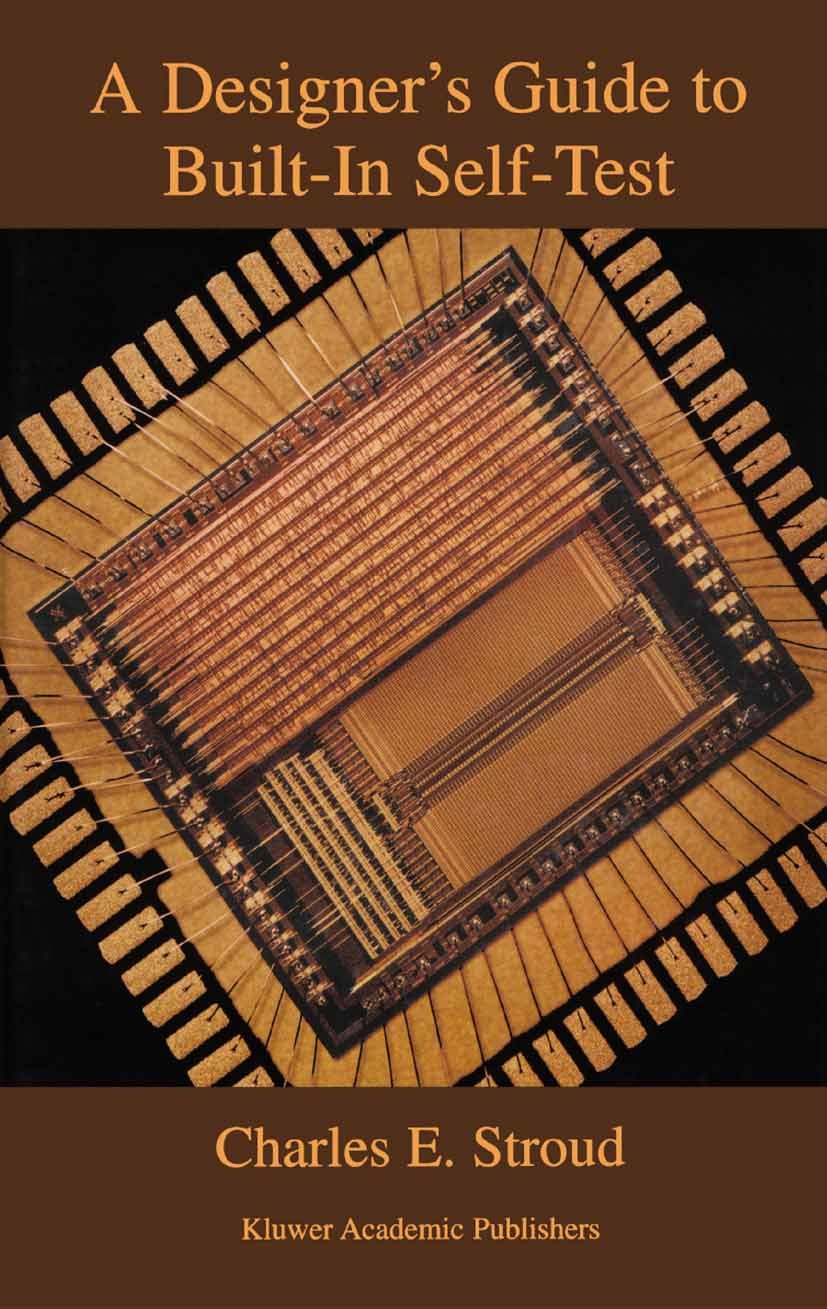| 期刊全稱 | A Designer’s Guide to Built-In Self-Test | | 影響因子2023 | Charles E. Stroud | | 視頻video | http://file.papertrans.cn/141/140643/140643.mp4 | | 學(xué)科分類 | Frontiers in Electronic Testing | | 圖書封面 |  | | 影響因子 | A recent technological advance is the art of designing circuitsto test themselves, referred to as a Built-In Self-Test (BIST). Thisidea was first proposed around 1980 and has grown to become one of themost important testing techniques at the current time, as well as forthe future. This book is written from a designer‘s perspective anddescribes the major BIST approaches that have been proposed andimplemented since 1980, along with their advantages and limitations.The BIST approaches include the Built-In Logic Block Observer,pseudo-exhaustive BIST techniques, Circular BIST, scan-based BIST,BIST for regular structures, BIST for FPGAs and CPLDs, mixed-signalBIST, and the integration of BIST with concurrent fault detectiontechniques for on-line testing. Particular attention is paid tosystem-level use of BIST in order to maximize the benefits of BISTthrough reduced testing time and cost as well as high diagnosticresolution. The author spent 15 years as a designer at Bell Labs wherehe designed over 20 production VLSI devices and 3 production circuitboards. Sixteen of the VLSI devices contained BIST of various typesfor regular structures and general sequential logic, including thefirst BIS | | Pindex | Book 2002 |
The information of publication is updating

|
|
 |Archiver|手機(jī)版|小黑屋|
派博傳思國際
( 京公網(wǎng)安備110108008328)
GMT+8, 2025-10-29 17:22
|Archiver|手機(jī)版|小黑屋|
派博傳思國際
( 京公網(wǎng)安備110108008328)
GMT+8, 2025-10-29 17:22


